In a year around 365 rescue operations happens to rescue lost tourist on the site of GHOST FLEET, name it got due to accidents happened on the site.
Last one was of a tourist only, man had been taking pictures on the black-sand beach on a clear day when a freakishly strong wave crashed onto the shore. After struggling to escape, he was dragged out to sea in front of his wife and children.
Some people will attempt to drive their rental cars from the unmarked gate to the wreck and sink deep into the lava field.
Today, the plane is still frozen on that desolate black-sand beach, its carcass deserted in a haunting, post-apocalyptic grave. Ripped through by bullet holes and whipped raw by decades of punishing polar gales, all that remains is the C-117’s hollowed-out fuselage, and a few coiled wires spitting out of its skeleton.
It all started when Sigur Rós featured the airplane in its documentary, Heima. Then, a few photographers began showing up to shoot the wreck. Their images quickly exploded, and this thing has now been used as a backdrop in a Bollywood movie, by Star Trek super fans, and as a location for destination weddings. Lots of them. Then in November, Justin Bieber skateboarded on the plane’s roof in a music video and 200 million people saw it.
Now, hundreds of people every day are following GPS coordinates to a remote, unmarked gate on the side of the road and trekking four kilometers through a barren lava desert to see the plane’s decomposing husk. On an island renowned for its rainbow-arched waterfalls, sweeping fairytale landscapes, and dancing midnight lights, this rotting machine has become one of the most iconic sites in Iceland
It’s also become one of the most dangerous. Ironically, the same Icelandic search team that was dispatched more than four decades ago to try and rescue the crew at the crash site is now being dispatched every single day to rescue tourists trying to find the crash site.
On November 21, 1973, Captain James Wicke was flying a routine mission across Iceland to a US Naval air station when the weather turned. The temperature plunged to -10°C, Arctic gusts kicked up to 60 MPH, and the carburetor of his C-117 started sucking in ice. After fighting through heavy turbulence, both engines froze solid and quit. The plane was in such thick fog that none of the five passengers could see the end of the wings from their windows, and it grew completely quiet.
The plane was falling over Vatnajökull, the largest glacier in Europe, and plummeting directly toward a jagged 5,000-foot peak. Wicke put out a mayday and frantically tried to restart the engines. It was the day before Thanksgiving, and the men on board knew they were about to die.
Just then, Lieutenant Gregory Fletcher, a 26-year-old pilot in training who had only flown 21 hours in a C-117, grabbed the controls and made the decision to veer south and ditch the plane in the ocean. He knew that hypothermia in the North Atlantic would set in after about 15 seconds, but colliding with the icy crag would kill them all instantly.
When the plane tore out of the clouds at 2,500 feet, Fletcher realized that they were gliding over “some goddamn thing that looked like the moon.” He lowered the plane parallel to the shore, used the frozen black-sand beach as a runway, and skidded 90 feet over a sand dune before slowing to a stop 20 feet from the ocean. The propellers were bent, the engine coverings were crushed, and the tanks were ruptured, but Fletcher had saved everyone’s life.
Smoothest landing I’ve ever been a part of,” said Howard Rowley, an Air Force Master Sergeant.
With gas leaking out of the fuel tanks and the possibility of the plane catching fire and exploding, the crew opened the hatch and jumped out. But first, Staff Sergeant Vernon Romskog grabbed the plane’s survival kit. As Wicke secured the aircraft, Fletcher assembled the kit’s vintage WWII radio, put it between his knees, and started cranking it as fast as he could.
“It was like something out of a John Wayne movie,” Rowley remembered. “It had an antennae on a wire that was connected to a kite, and it was completely corroded.” But an hour later, an Air Force search helicopter appeared overhead to rescue the men. Doctors examined each of the survivors back at the Keflavík military base and found that they had each come away without a scratch.
When officials heard the crew’s accounts of what took place, the Navy gave Fletcher an Air Medal with a bronze star and a shot of whiskey. Today, he’s a lawyer in Memphis, and he keeps the yoke of that C-117 mounted in his den.
“I just tried to make the best of a disastrous situation,” Fletcher said. “I did my best.”
1n the months that followed, Einar wasn’t really sure what to do with his family’s newly inherited twin-engine cargo plane. Unable to haul it away, he began using it as a shed to house driftwood. Then, he invited a few friends to come over and shoot it with guns. Eventually, he forgot about it all together and was perfectly content to let time and nature slowly eat away at the twisted wreck.
According to public military records from the Air Force and Navy, from 1941 to 1973 when the plane went down on Einar’s farm, there were 385 US military aviation accidents in Iceland. That’s roughly one accident every 31 days for 33 straight years. Considering that we have never waged war with Iceland, that no country has attacked Iceland in the last 70 years, and that this far-flung island nation doesn’t even have a military, that’s insane.
Even after 40 years GHOST FLEET is still there……………….!
LIKE OUR PAGE & SHARE IT WITH YOUR TRAVELLER FRIENDS..
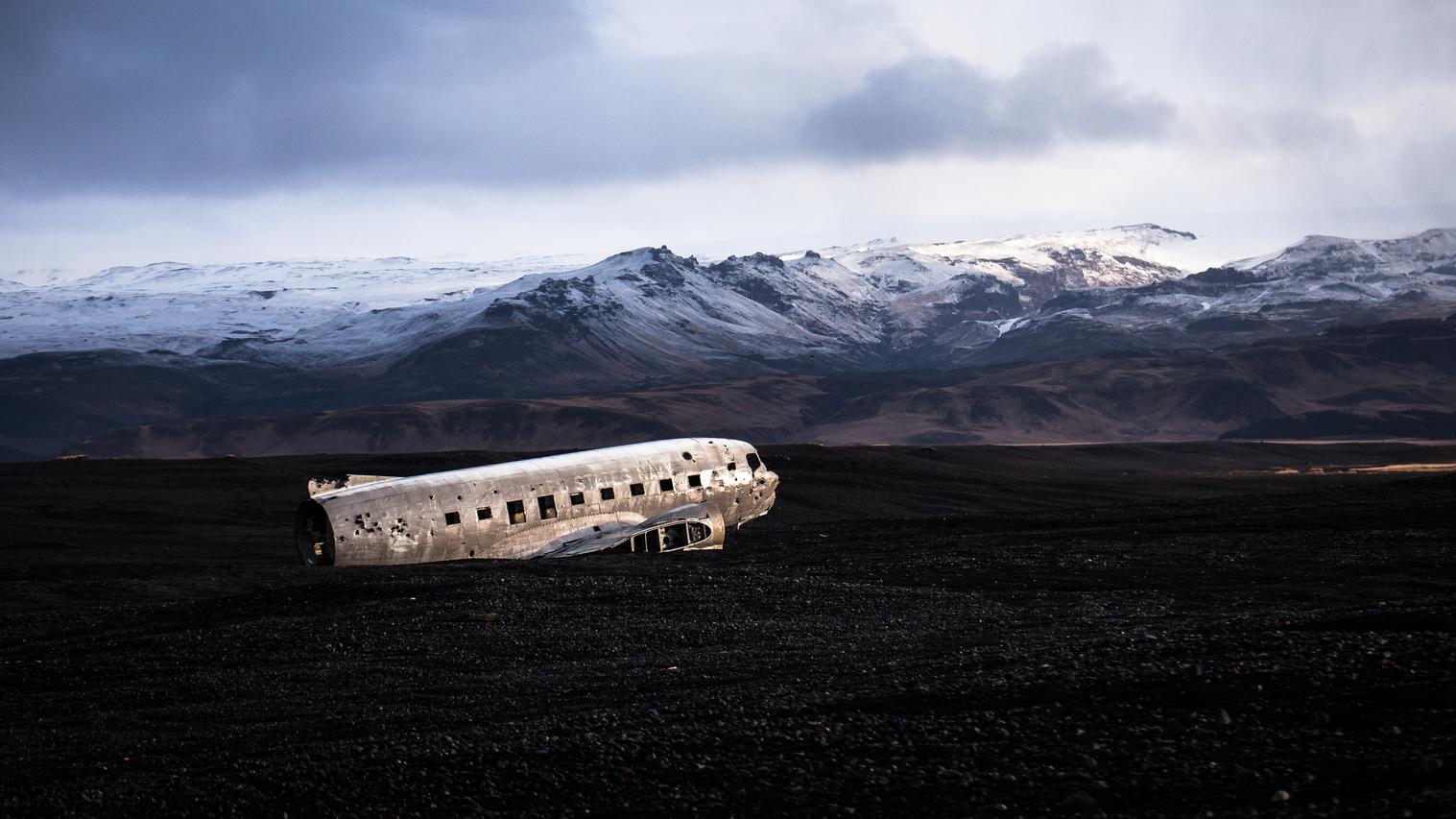
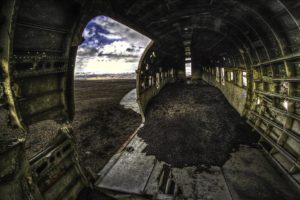
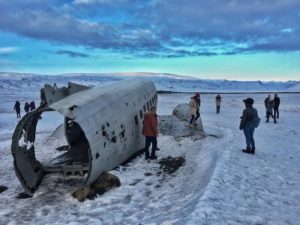
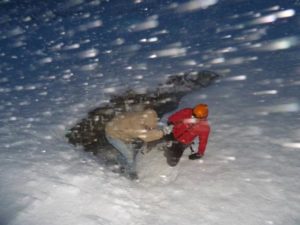


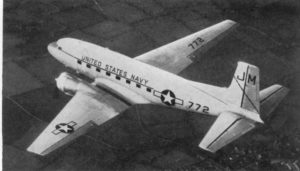
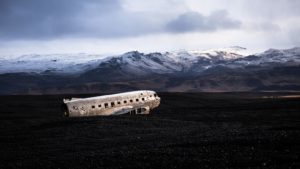
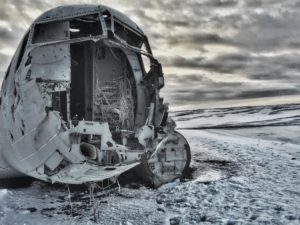

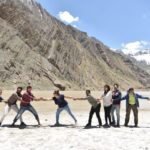



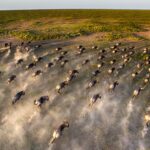
Leave a comment